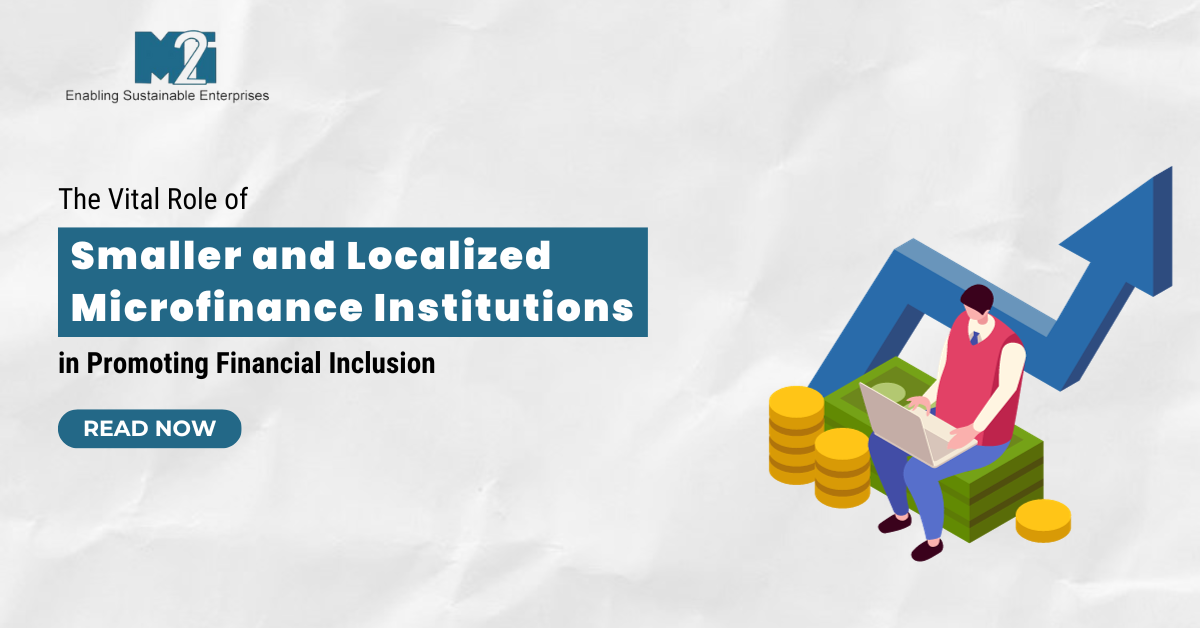
The Vital Role of Smaller and Localized Microfinance Institutions in Promoting Financial Inclusion
Microfinance Institutions (MFIs) play a pivotal role in fostering financial inclusion, and the significance of smaller, localized MFIs cannot be overstated. Unlike their larger counterparts, smaller MFIs operate on a grassroots level, directly engaging with local communities and addressing the unique financial needs of underserved clients.
One key advantage of smaller MFIs is their ability to reach clients that larger institutions often overlook. These institutions cater to individuals and businesses in remote or economically marginalized areas, bridging the gap between financial services and those who need them the most. Furthermore, the repayment rates in such situations tend to be more favorable, showcasing the effectiveness of tailored financial solutions.
Flexibility is a hallmark of smaller MFIs. Their nimble structures enable them to adapt quickly to the evolving needs of their clientele, fostering a more responsive and client-centric approach. The trust they enjoy within their communities is unparalleled, often stemming from personal relationships and a deep understanding of the local context.
Despite their crucial role, smaller MFIs face challenges in raising funds from traditional sources. This financial hurdle inhibits their growth and limits their impact. To bolster these institutions, there is a pressing need for dedicated funding facilities and focused capacity-building efforts. By supporting smaller MFIs, we pave the way for increased financial inclusion, addressing the diverse needs of individuals and businesses across the country.
In addition to their role in financial inclusion, smaller MFIs act as harbingers of innovation. Their localized nature allows them to experiment with new and tailored financial products, potentially serving as models for larger institutions. Recognizing and supporting the innovative capacities of these institutions can lead to broader advancements in the microfinance sector.
In conclusion, the importance of smaller and localized MFIs in promoting financial inclusion cannot be overstated. By recognizing their unique strengths and addressing their challenges through targeted support, we can foster a more inclusive financial landscape that benefits communities and economies alike.